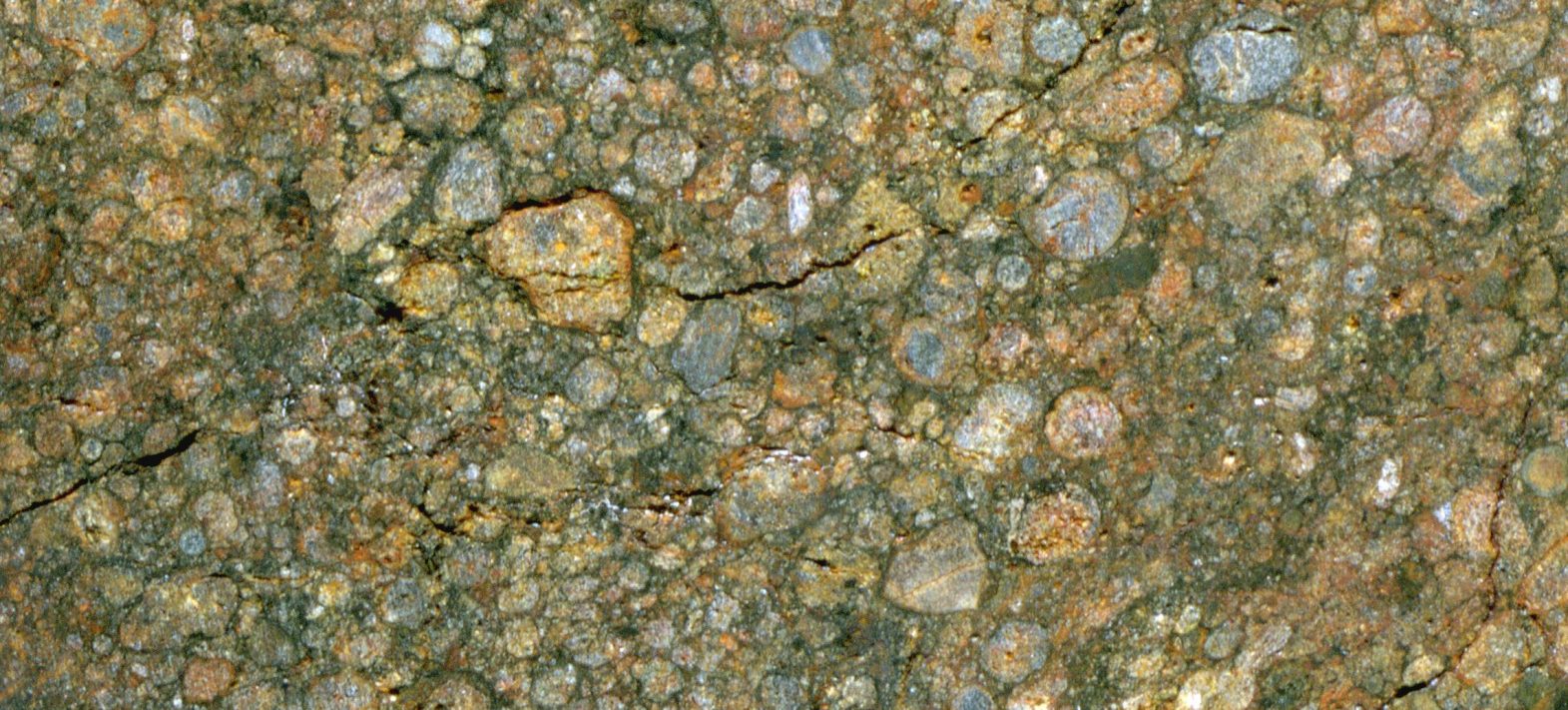Chondrules are small silicate spheres (less than a millimetre in size) that are the main constituent of primitive meteorites (chondrites). The origin of these emblematic objects is still widely debated.
It is generally considered that, when the Sun was formed from an accretion disk, the dust forming the disk underwent rapid fusion/crystallization processes to form chondrites. In this vision, chondrules are one of the basic building blocks that will agglomerate to form the first small bodies, the planetesimals, as witnessed by the asteroids present today between Mars and Jupiter.
In an article published in Science Advances, researchers from the Centre de Recherches Pétrographiques et Géochimiques de Nancy (CRPG), the Institut de Physique du Globe de Paris (IPGP), the University of Hokkaido in Sapporo and the Observatoire de la Côte d’Azur in Nice, show for the first time that certain magnetite-rich chondrules are the result of collisions between planetesimals, rather than the fusion of micrometric dust present in the gas of the accretion disk. This result offers a new perspective on the question of the origin of chondrules and, what’s more, calls into question the origin of the first planetesimals, which were supposed to have arisen from the accretion of chondrites, and hence chondrules.
Magnetite is an iron oxide that has always been interpreted as a by-product of the oxidation of iron metal during low-temperature fluid circulation (< 100°C) in planetesimals. This study demonstrates that some previously ignored magnetites are in fact magmatic minerals, contemporaneous with the formation of chondrules, and formed at high temperature (> 1400°C) via the crystallization of oxygen-rich sulfur liquids. The presence of magmatic magnetites requires special conditions characterized by highly oxidizing environments with an oxygen partial pressure at least eight orders of magnitude higher than that present in a gas of solar composition. Such oxidizing conditions are not possible anywhere in the accretion disk. This is only possible in transient plumes of gas and debris resulting from collisions between planetesimals, where large quantities of silicates are evaporated, adding oxygen and other chemical elements to the gas.
Chondrules with magmatic magnetism are therefore by-products of collisions between planetesimals. Their oxygen isotopic compositions provide another key piece of information: they indicate the presence of water depleted in 16O, an isotopic characteristic thought to be carried by icy bodies originating from the cold outer zones of the solar system. These chondrules therefore indicate the existence of planetesimal transfers between the inner and outer zones of the accretion disk, in line with recent models of disk dynamics. They also provide evidence that planetesimals were present in the disk from the very beginning of its history.
Ref : Early scattering of the solar protoplanetary disk recorded in meteoritic chondrules. Yves Marrocchi1, Marc Chaussidon2, Laurette Piani3 & Guy Libourel4. Science Advances. 2, e1601001 (2016).
1CRPG, CNRS, Université de Lorraine, UMR 7358, Vandoeuvre-lès-Nancy, 54501, France
2Institut de Physique du Globe de Paris (IPGP), Université Sorbonne‐Paris‐Cité, CNRS UMR 7154 Paris France
3Department of Natural History Sciences, Hokkaido University, Sapporo 060-0810, Japan
4Observatoire de la Côte d’Azur, CS 34229, 06304 Nice, France








